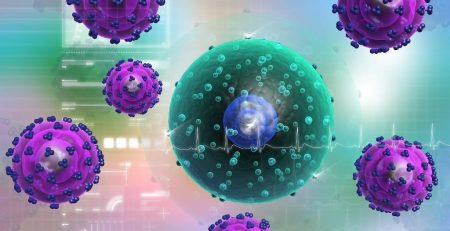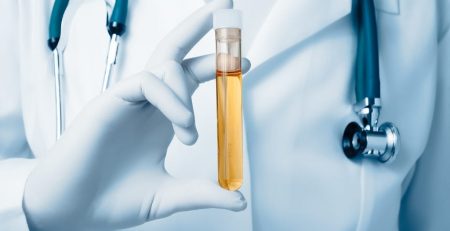Antibiotic Resistant ‘Superbugs’ Creep Into Nation ‘s Food Supply
Antibiotic-resistant bacteria—often called “superbugs”—are entering the nation’s food system and endangering consumers at an alarming rate, according to researchers who analyzed data from the federal government.
The Environmental Working Group said Monday that it had parsed studies from the National Antimicrobial Resistance Monitoring System published in February. “I think this is one of the greatest threats to us as a nation and the planet,” said Lance B. Price, a professor of environmental and occupational health at George Washington University who helped review the government information for EWG. “These bacteria are finding ways to get around antibiotics in animals, and it’s similar to what’s going on with the bacteria that’s resistant in humans. They go hand in hand and it’s a very underappreciated as a threat,” Price said.
The group found that NARMS had reported—but had not highlighted—that antibiotic resistant bacteria was turning up in 81 percent of raw ground turkey, 69 percent of raw pork chops, 55 percent of raw ground beef and 39 percent of raw chicken bought over the counter in 2011. The rate of occurrence in salmonella superbug strains in chicken rose from 50 percent in 2002 to 74 percent in 2011. Nearly 30 million pounds of antibiotics were administered to livestock in 2011, according to EWG, a 22 rise from 2005. Antibiotics used on food-producing animals account for nearly 80 percent of the total market for such drugs in the U.S., according to the Pew Campaign on Human Health and Industrial Farming.
In addition to fighting disease, antibiotics are administered to put weight on animals headed for the kitchen table. Critics say this combination of uses helps bacteria develop resistance, just as overuse of antibiotics in humans has resulted in current medications’ ineffectiveness against life-threatening micro-organisms. “We’ve actually run out of antibiotics that really keep animals healthy,” Price said. “We’re finding strains of bacteria in animals that are resistant to so many antibiotics.” Those who promote antibiotic use in food animals argue that keep consumers safe. “Antibiotics are a critical tool to prevent, control and treat disease in animals,” states the Animal Health Institute, a trade group of drug-makers that develop veterinary medicines, on its website. “That’s why the Food and Drug Administration has approved the use of antibiotics in livestock and poultry.” “The safety mechanisms put in place by federal government agencies have been successful in allowing veterinarians and farmers to use antibiotics to keep animals healthy while protecting public health,” the statement says.














